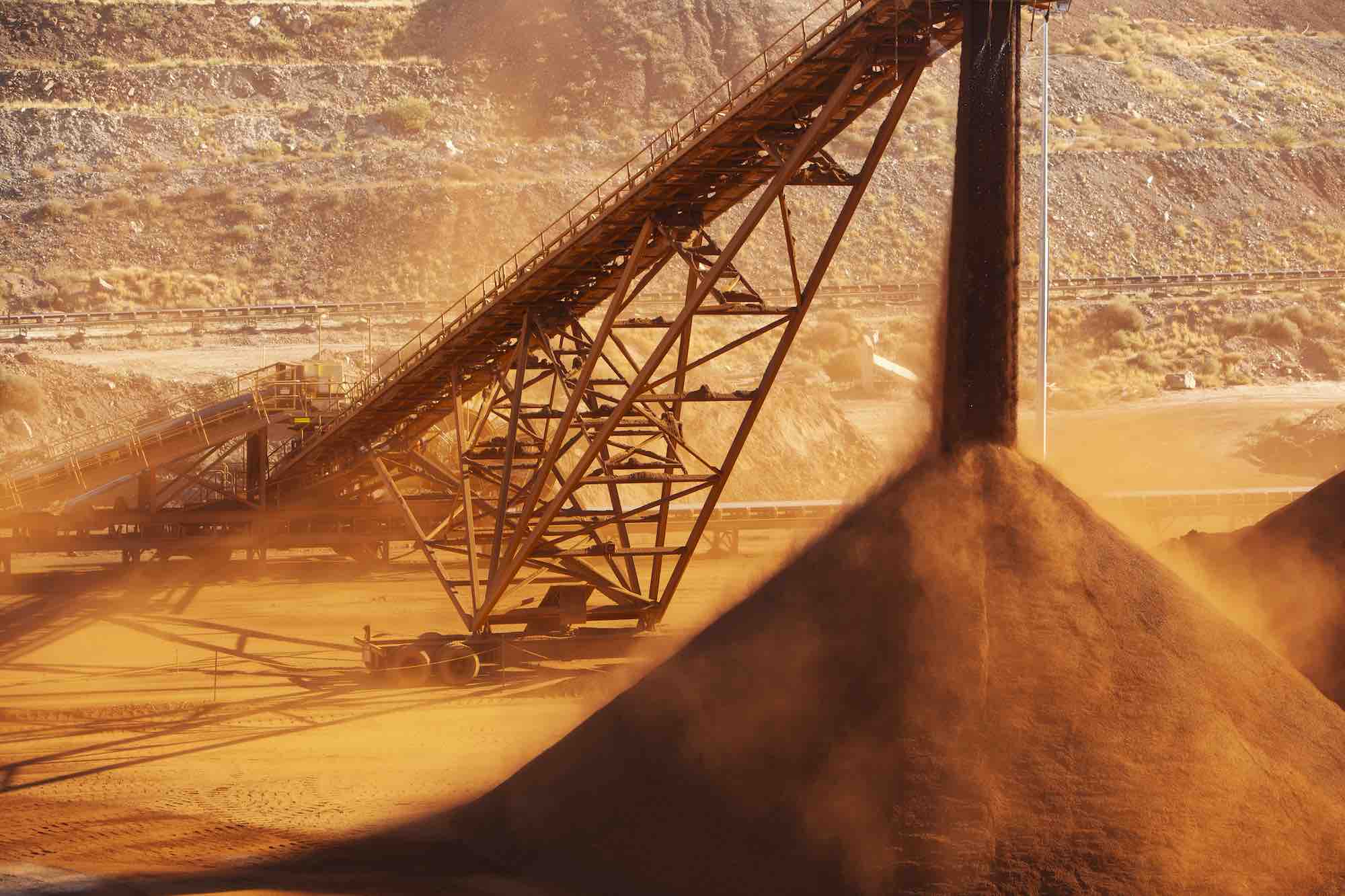Your feedback is important to us. If you enjoyed reading this Global Road Technology industry update and found it informative, please let us know by leaving a REVIEW.

Dust management is a rising concern in the industrial world of mining, minerals and resources.
Gone are the days when people and the environment simply had to grin and bear the issues of dust pollution. And for the better. We now know the full effects of dust pollution on the human body and our environment, including flora and fauna, not to mention the deterioration it causes to machinery and equipment.
Growing water shortages also affect modern dust suppression techniques as reserves run dry and tighter regulations appear. The fact remains that water alone never was or will be the ideal solution for dust control.
For those at work in mining and minerals processing, we need to source better solutions and take the issue of dust emission as a serious one.
With this in mind, let’s look at some of the familiar dust sources in industrial workspaces before diving into some of the cutting-edge solutions on offer.
It will come as no surprise to those with experience in the sector, but a minerals processing plant can generate vast clouds of dust when left unchecked.
Here is a list of the fixed-plant areas and equipment often at the heart of a dust cloud:
Ore handling: Handling and transporting ore generates large amounts of dust. It often occurs during the loading and unloading of trucks, rail cars and conveyor belts or the transfer of ore between processing equipment.
Crushing and grinding: The crushing and grinding of minerals can also generate dust pollution. This is particularly true in the dry grinding processes, where particles can quickly become airborne and spread throughout the processing plant.
Screening and sieving: Screening and sieving minerals is another source of dust, particularly when the material is handled in large amounts.
Conveying and transfer points: Conveying and transfer points generate dust while moving material between systems when discharged onto a stockpile or into processing equipment.
Smelting and refining: Smelting and refining of minerals can also generate dust, particularly during the melting and pouring of metals.
Storage and handling: Storage and handling of minerals is another source of dust, notably when materials are being moved or stored in large quantities.
Despite the haze, there is a light at the end of the tunnel for mineral processing plants.
GRT: Activate
By its nature, the finest dust hates water (is water phobic).
Enter GRT Activate: A dust control solution that super-activates water droplets before spraying them onto material during processing.
Ionically charged, GRT Activate forces water to coat airborne particles evenly and cause them to drop out of suspension immediately.
GRT: Ore-Loc
GRT Ore Loc is a liquid polymer for dust control over raw bulk materials like stockpiles, designed for robust mining and minerals conditions.
GRT Ore Loc bonds fine dust particles together, effectively demobilising fugitive dust without altering its burning properties, i.e. for coal.
There is no hiding from the effects of dust pollution, particularly in the world of mining and mineral processing.
Produced by a range of fixed plant equipment, dust pollution is a rising issue around the globe.
In response, GRT has developed a suite of tailored dust suppression products suited to the harsh conditions facing people in the sector.
Click on the links to learn more and discover the benefits of GRT’s industry-leading dust suppression techniques for your operation!
Your feedback is important to us. If you enjoyed reading this Global Road Technology industry update and found it informative, please let us know by leaving a REVIEW.
Are environmental regulations, health and safety concerns or potential profit loss a concern right now?
Contact Us Now